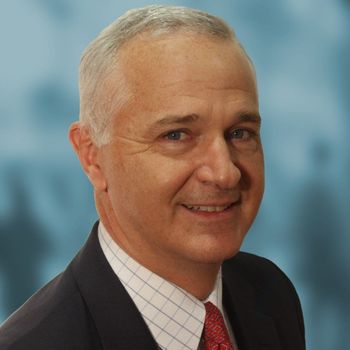
Grads of top medical schools less likely to practice in underserved areas: study
Key Takeaways
- Graduates from top medical schools are 52% less likely to practice in underserved areas compared to those from lower-ranked institutions.
- Despite initiatives like the National Health Service Corps, rural and disadvantaged urban areas remain chronically understaffed.
Nation has been fighting geographic disparities for more than 50 years with ‘limited progress,’ commentators say.
Graduates of the nation’s top medical schools are
The finding points toward future research, and points back to a problem that the United States has had for more than 50 years, said two physicians in an invited commentary on the research.
The National Health Service Corps was started in 1970, and other programs followed, to increase the number of doctors in areas of professional shortage, said “New Physicians and the Gap in Serving the Underserved,” by Ahmed M. Ahmed, MD, MPP, MSc, and Fidencio Saldana, MD, MPH. Benefits included the Public Service Loan Forgiveness Program for those who work in public service in the needy areas.
“Yet, despite these efforts, limited progress has been made,” said their
The study
Previous studies have examined overall distribution of doctors, but less is known about the physicians’ characteristics and the likelihood of starting their careers in deprived areas, the authors said. Physicians from the top-tier schools may have access to more resources and advanced training that they could bring to underserved areas to help close gaps in health equity, they said.
But in 2015, they were 52% less likely to start working in those areas, and 50% less likely in 2020. Compared with primary care doctors, 11 of 13 different types of specialists had lower odds of practicing in socioeconomically deprived areas in 2015, and eight of 13 had lower odds in 2020, the authors wrote.
The medical colleges were selected from the rankings by U.S. News & World Report.
Why the disparity?
The top grads may avoid those areas due to limited resources, lower income potential and fewer professional development opportunities, the authors said.
“Regardless of the reason, the data show that many medical specialties have lower representation in socioeconomically deprived areas compared with primary care, which may contribute to disparities in specialized health care access in deprived areas,” the study said. “The findings underscore the need for targeted initiatives to incentivize physicians, particularly specialists and top medical graduates, to practice in socioeconomically disadvantaged regions.”
The analysis did not permit a causal investigation, the authors said. They noted there was no data on the doctors’ actual residency training, their race and ethnicity, their childhood environments and financial debt, all of which could influence physicians’ decisions about where to locate their offices.
Noteworthy findings
Even without data on residency training, the findings remain noteworthy, Ahmed and Saldana said.
“While these graduates make up a small proportion of practicing physicians, they often have outsized political influence and are more likely to assume leadership positions in health care and society,” they wrote. “This could be valuable for ensuring better resource allocation to regions previously lacking.”
Specialty care has other considerations: lower case volumes and geographic constraints can make it difficult to establish specialized care in deprived rural or urban areas, Ahmed and Saldana said.
“Layered on this, however, are also our efforts as a nation,” they said. “Most of the initiatives introduced in the 1970s and beyond have focused on primary care, not specialist care, which could be contributing to the differential practice patterns observed today. More efforts to incentivize specialists in underserved areas could be helpful in bridging this gap.”
Since 2020, medical schools and professional groups have committed to reducing health care disparities, so it will be important to examine those effects in the future, Ahmed and Saldana said.
Newsletter
Stay informed and empowered with Medical Economics enewsletter, delivering expert insights, financial strategies, practice management tips and technology trends — tailored for today’s physicians.








